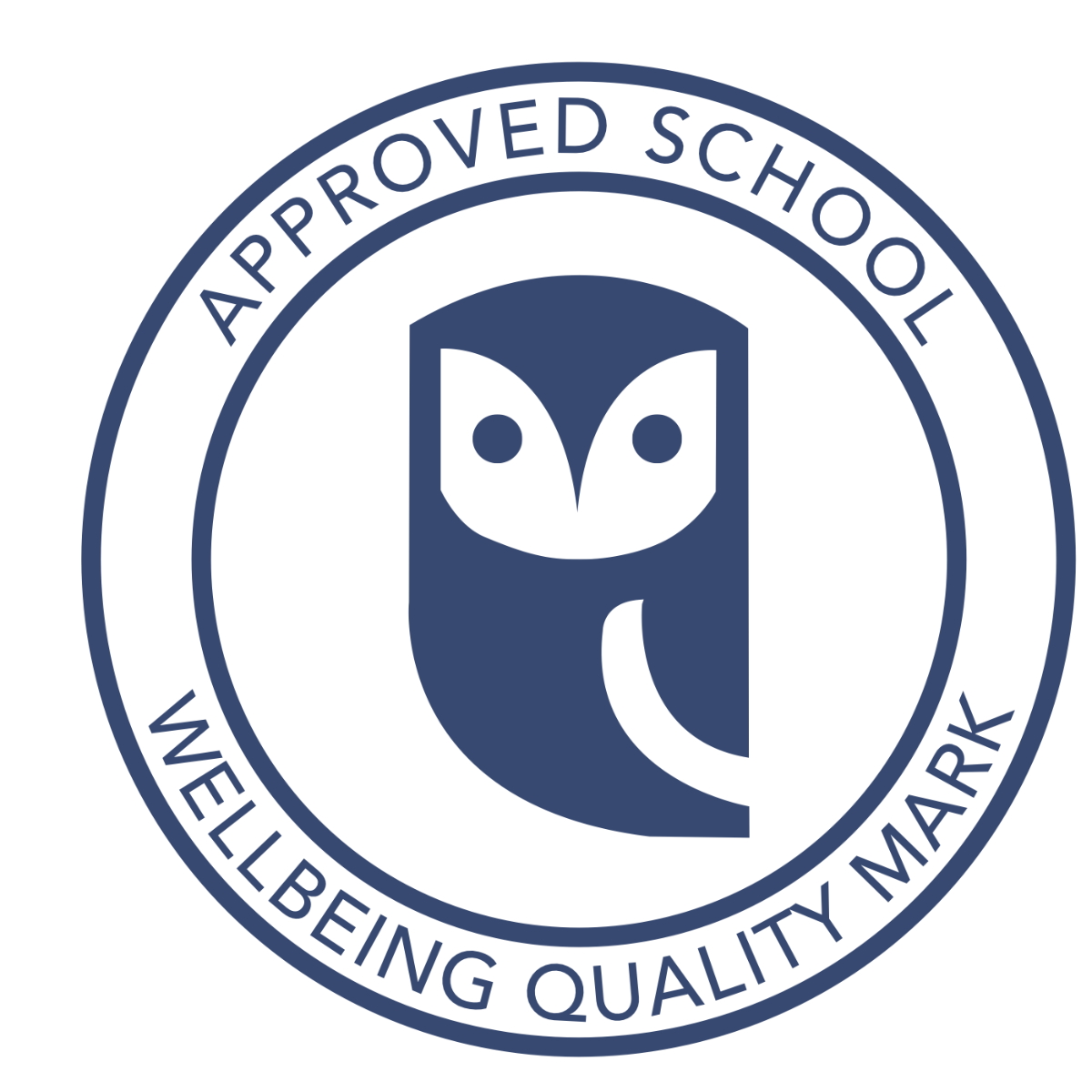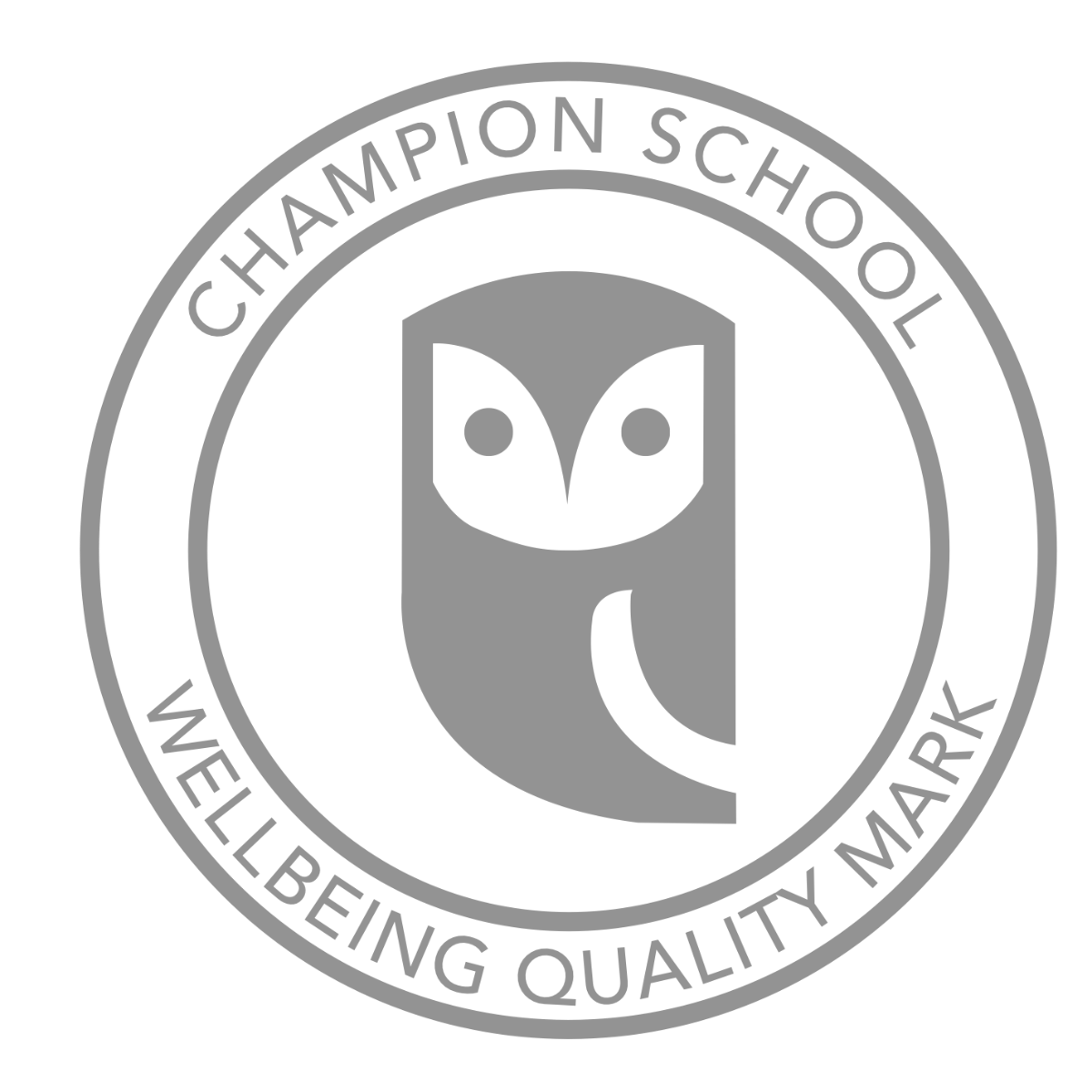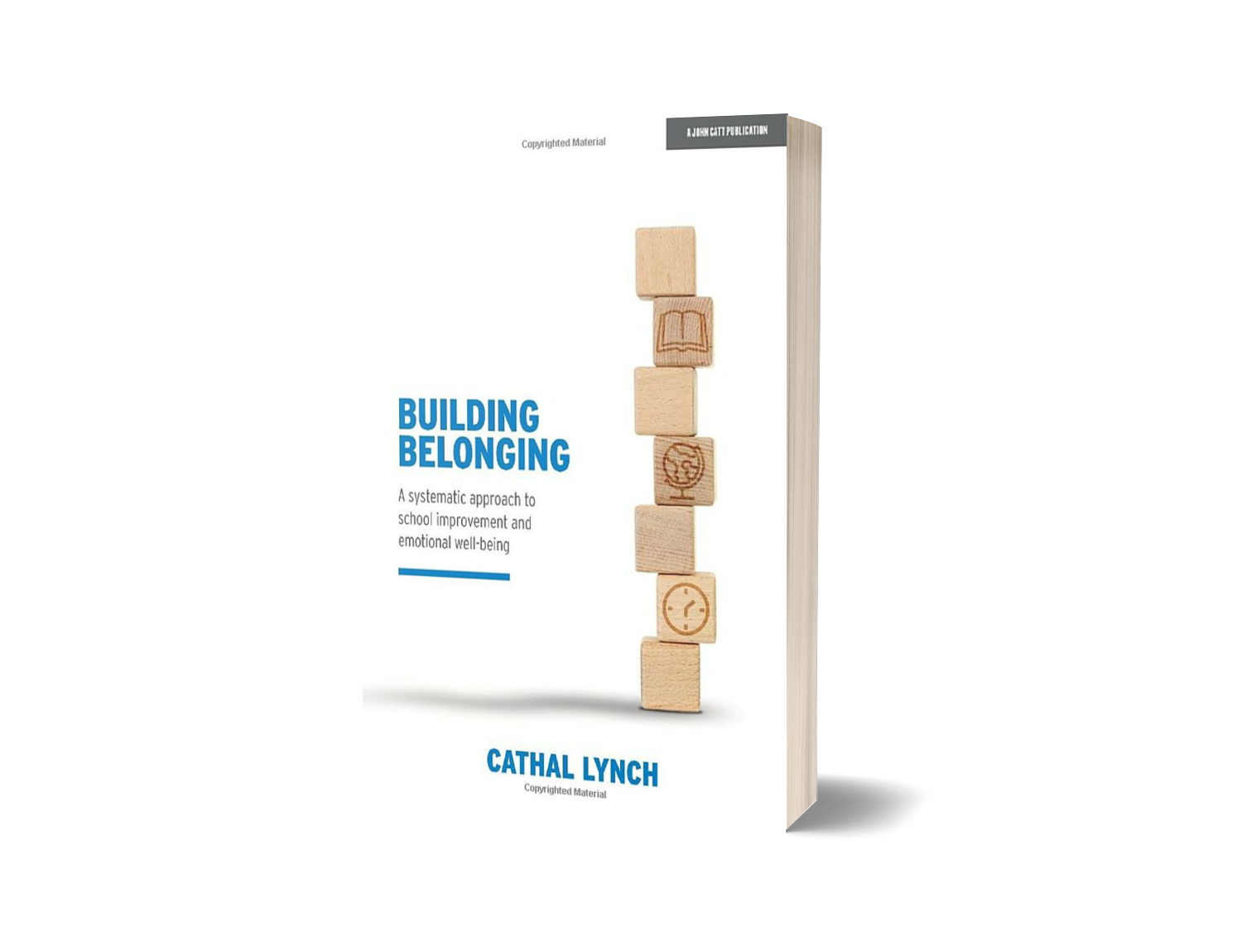Why the Wellbeing Quality Mark?
The Wellbeing Quality Mark (WQM) is based on published material by Cathal Lynch; ‘Building Belonging: A systematic approach to school improvement and emotional wellbeing’
and stems from his experience as a leader, NPQEL coach and creator of DFE approved Senior Mental Health Lead
training.
He was concerned to see all reference to teaching and learning removed from the SMHL framework together with
specific considerations around improving environments and behaviour. Thus the seeds of the quality mark were sown,
drawing on a wide range of research to produce a framework for running effective schools where the wellbeing of
staff and pupils is supported alongside academic attainment.
It uses deliberate practice to build a mental model for leaders that is effective in helping schools improve
recruitment and retention by demonstrating a commitment to wellbeing and building trust among stakeholders by engendering debate about how to best meet needs. It
also supports the early identification of SEN pupils, performance management for leaders, teaching and learning,
attendance and behaviour. Electronic surveys for pupils, parents and staff help ensure leaders are clear on the
views of their community and these are built into the WQM process.
Springfield House, a special school in the West Midlands, went from "outstanding" to special measures in
consecutive Ofsted inspections.
Being put into special measures by Ofsted can be a bruising experience.
An Ofsted rating may be harsh, but they are never entirely undeserved. Being honest about the school’s failings
and accepting which ones we may be guilty of is the first step to addressing them and improving the situation.
Change can seem threatening, especially when confidence has been knocked, but it is undeniably necessary in this
situation. If nothing needed changing, the school wouldn’t be in special measures in the first place. As
Einstein once said, the definition of insanity is doing the same thing over and over and expecting different
results.
Transformational change is inherently relational: none of us can do this work alone. The approach has therefore
been instrumental in restoring confidence, fostering positive working relationships, and in creating the
foundation upon which the school’s recovery has been built. Cathal Lynch has truly been a catalyst for
instilling a shared sense of purpose.
George Craig — National Leader of Governance




